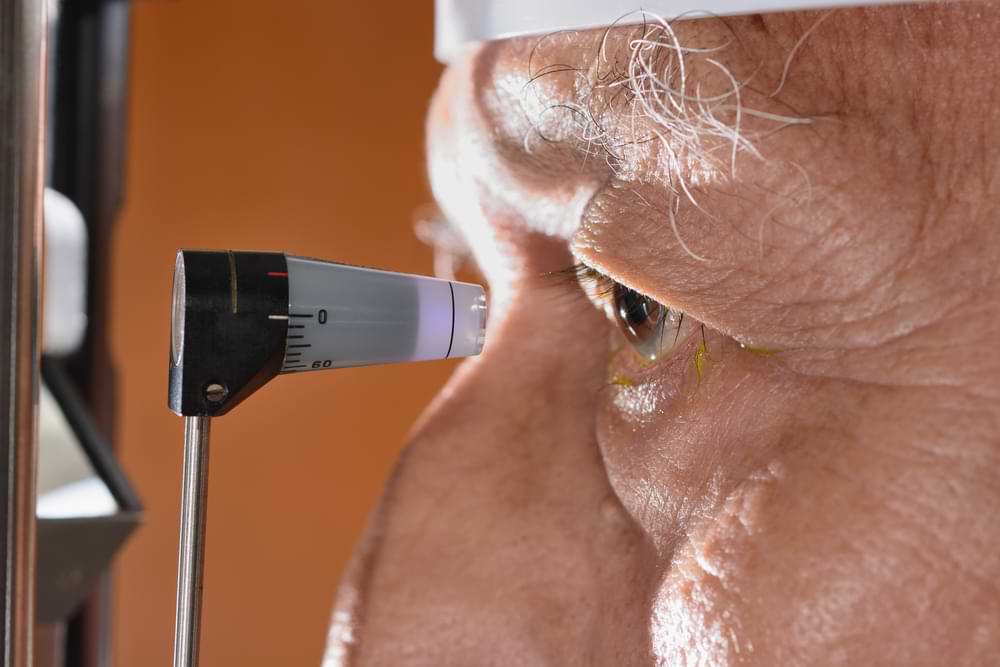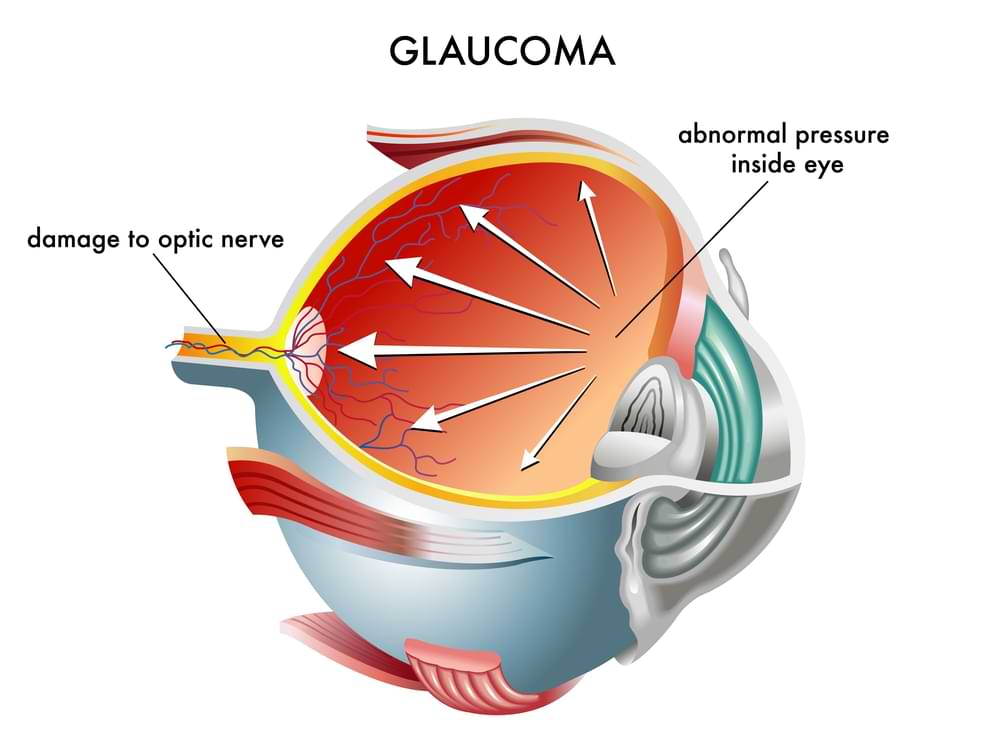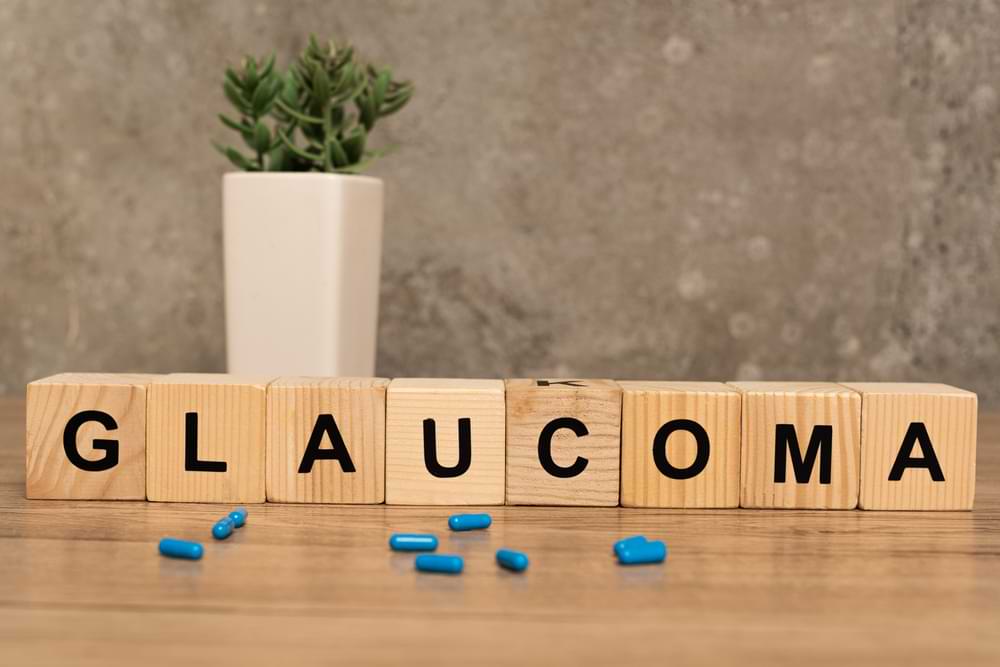Are you aware of an eye condition often referred to as the “sneak thief of sight”? I’m referring to glaucoma. Most people with glaucoma have no early sign or symptoms, yet vision loss is irreversible.
What if glaucoma is quietly damaging YOUR vision without you even knowing?
I’m Nandita Chowdhury, owner and principal optometrist at Picton Eyecare. With over 15 years of experience in helping patients manage their eye health, I understand how overwhelming conditions like glaucoma can be. At our clinic, I prioritize guiding each patient through tailored glaucoma treatment plans. If you’re in Wollondilly Shire and concerned about your vision, I’m here to help you understand your risks and how we can protect your eyesight together.
Delayed action can mean lost opportunities to preserve the vision you still have. So keep reading to learn the essential facts about glaucoma treatment.
3 Key Takeaways:
- Glaucoma is often symptomless in its early stages, making regular eye exams critical for early detection.
- Eye pressure alone does not determine glaucoma; comprehensive testing is needed to evaluate all risk factors.
- Personalized glaucoma treatment, including eye drops, laser therapy, or surgery, can help manage the condition and preserve vision.
Understanding Glaucoma and Its Types
What makes glaucoma such a serious threat to your vision? Glaucoma is a progressive eye disease that gradually damages the optic nerve, the part of the eye responsible for transmitting visual information to the brain. The dangerous aspect of glaucoma is that it often develops silently, without noticeable symptoms until significant damage has already occurred. As the optic nerve deteriorates, vision loss becomes permanent, starting with peripheral vision and eventually leading to blindness if untreated.
- Open-angle glaucoma: The most common form, it progresses slowly and painlessly. Damage occurs gradually and often goes unnoticed until it is detected during a routine eye exam.
- Angle-closure glaucoma: Can appear suddenly with severe symptoms such as intense eye pain, nausea, and blurred vision. It requires immediate medical attention to prevent rapid vision loss.
- Normal-tension glaucoma: This type occurs even when eye pressure remains in the normal range. Despite the lack of high pressure, optic nerve damage still happens, making regular eye exams essential for detection.
- Secondary glaucoma: Develops due to other conditions or health issues, such as trauma, inflammation, or prolonged use of medications.
Glaucoma Risk Factors
Who is most at risk for developing glaucoma? Several factors can increase the likelihood of developing this serious eye condition.
- Age: Individuals over the age of 40 are at a higher risk of developing glaucoma.
- Family history: If you have a family history of glaucoma, your risk increases significantly, as the condition tends to run in families.
- Refractive errors: People who are highly myopic (short sighted) or hyperopic (long sighted) face a greater risk. Their eyes may be more susceptible to developing pressure-related damage.
- Previous eye injuries or surgeries: Trauma or surgical procedures involving the eyes can affect the natural fluid drainage in the eye, leading to increased pressure and a higher risk of glaucoma.
- Other health conditions: Chronic conditions like diabetes or high blood pressure increase glaucoma risk due to their impact on blood flow to the optic nerve. Long-term use of steroid medications, either oral or topical, can also elevate the risk.

Comprehensive Eye Examinations for Glaucoma Diagnosis
Since glaucoma often progresses without noticeable symptoms, routine eye exams are essential for early detection and preventing vision loss. At Picton Eyecare, we use a range of advanced diagnostic tools to identify glaucoma in its earliest stages.
- Intraocular pressure (IOP) and corneal thickness: While high pressure in the eye can be a sign of glaucoma, it’s not the only factor we check. In glaucoma assessments, we measure corneal thickness to help provide a more accurate picture of your true intraocular pressure. Thinner or thicker than average corneas can sometimes lead to underestimation or overestimation of IOP, meaning we take care to get an accurate reading.
- Optical Coherence Tomography (OCT): This advanced imaging technique provides detailed 3D images of the macula and optic nerve, allowing us to detect any early damage caused by glaucoma even before a patient becomes symptomatic.
- Gonioscopy: By examining the angle between the cornea and iris, we can determine how well fluid is draining from the eye. Abnormalities here can indicate types of glaucoma like angle-closure.
- Visual field test: This test checks for any peripheral vision loss, one of the earliest signs of glaucoma. Early detection of these blind spots can help prevent further vision damage.
- Slit lamp exam: This allows us to closely inspect the front of the eye for signs of damage or abnormalities that might suggest glaucoma or other eye conditions.
Understanding Normal-Tension Glaucoma
How can glaucoma develop without high eye pressure? It’s a common question, and the answer lies in a condition known as normal-tension glaucoma (a.k.a. Low Tension Glaucoma). Unlike other forms of glaucoma where elevated eye pressure is the main culprit, normal-tension glaucoma causes damage to the optic nerve without any significant increase in pressure. This makes it much more difficult to detect, as the usual indicator—high intraocular pressure—is absent.
So, what causes this type of glaucoma? One major factor is reduced blood flow to the optic nerve, which can be influenced by vascular problems. Low blood pressure, sleep apnea, or cardiovascular issues may compromise blood flow to the optic nerve, depriving it of essential oxygen and nutrients, which leads to vision damage, even at normal eye pressure.
Because normal-tension glaucoma doesn’t follow the usual patterns, thorough eye exams that assess the optic nerve and other factors are essential for early detection and management.
To hear a personal story from a normal-tension glaucoma patient, watch the following video from the Glaucoma Research Foundation:
Treatment Options for Glaucoma
How can glaucoma be treated effectively? There are several effective treatment options to manage glaucoma and prevent further vision loss. Here’s an overview of the most common treatments available:
- Eye drops: These are often the first line of defence, either reducing fluid production or improving drainage to lower pressure. Common types include beta-blockers, prostaglandins, and carbonic anhydrase inhibitors. Consistent use is key, and patients need to manage side effects like redness or stinging. As a therapeutically optometrist, I can prescribe the necessary drops right here in our clinic.
- Laser therapy: If eye drops aren’t sufficient, laser treatments like Selective Laser Trabeculoplasty (SLT) can help open drainage pathways. Argon Laser Trabeculoplasty (ALT) is another option, typically used for open-angle and sometimes angle-closure glaucoma.
- Minimally invasive glaucoma surgery (MIGS): In more advanced cases, procedures like the iStent or Hydrus devices lower eye pressure with less recovery time compared to traditional surgery. MIGS is becoming increasingly popular for its effectiveness and shorter recovery.
- Traditional surgery: For severe glaucoma, more invasive surgeries like trabeculectomy or glaucoma drainage devices may be necessary to create a new drainage route. Proper post-surgical care is essential for the success of these treatments.
Each of these treatments offers a way to manage glaucoma, but choosing the right option depends on your individual condition and response to initial therapies. We can refer you to an ophthalmologist if surgical treatment is required.
Preventive Measures and Lifestyle Adjustments for Glaucoma Patients
Can lifestyle changes really help manage glaucoma? Absolutely. Making small adjustments in your daily habits can significantly impact the progression of the disease. Here are some effective lifestyle changes that can help protect your vision:
- Quit smoking: Smoking increases eye pressure and damages blood vessels, making glaucoma worse. Quitting smoking can improve eye health and reduce pressure.
- Limit caffeine intake: Too much caffeine can cause temporary spikes in eye pressure. Reducing your intake helps maintain stable pressure levels.
- Wear protective eyewear: When playing sports or participating in outdoor activities, wearing protective glasses or goggles can prevent injuries that could worsen glaucoma.
- Exercise regularly: Moderate exercise, like walking or swimming, can improve blood circulation to the eyes and help lower eye pressure naturally.
- Follow a nutrient-rich diet: Eating foods high in omega-3 fatty acids, antioxidants, and vitamins supports optic nerve health and overall eye well-being.
These simple lifestyle changes can make a big difference in managing glaucoma, complementing medical treatments to help slow the progression of the disease.

Why Choose Picton Eyecare for Glaucoma Treatment?
Why should you trust Picton Eyecare for your glaucoma care? As a therapeutically endorsed optometrist with over 15 years of experience, I offer a personalised approach to managing glaucoma. I understand the unique needs of each patient, and I’m committed to ensuring that you receive the best care possible.
At Picton Eyecare, we use advanced diagnostic tools like Optical Coherence Tomography (OCT) and visual field testing to detect glaucoma early and manage it effectively. These technologies allow us to track even the smallest changes in your eye health, giving us a clear picture of how best to proceed.
Our patient-centred approach means you’ll never feel rushed. We take the time to explain your condition and treatment options, ensuring that you’re comfortable and confident with your care plan. Longer appointment times allow us to address all your concerns and provide tailored advice to help you manage glaucoma in your day-to-day life.
CONCLUSION
Glaucoma is a progressive eye disease that can silently damage your vision, often without noticeable symptoms in the early stages. A comprehensive eye exam is essential for diagnosing glaucoma, as measuring eye pressure alone is not enough.
The longer glaucoma goes untreated, the greater the risk of irreversible optic nerve damage and blindness. In advanced cases, even surgical glaucoma treatment may not help. So, there’s no better time than now to prioritize your eye health—call us today and take the first step toward protecting your eyesight.
You can call us on (02) 4603 2309 or arrange an appointment using the “Book Now” button in the website menu. We are conveniently located in the heart of Picton, NSW. There is plenty of parking available at the back of our store.

B.Optom (UoA), PGOT (UNSW)
Nandita is the principal optometrist of Picton Eyecare. She has over 15 years of extensive experience working in corporate and independent optometry practice. Opening Picton Eyecare in 2022 has fulfilled Nandita’s dream of an independent optometry practice, committed in serving the local community of Wollondilly and surrounding areas.
Nandita is caring and passionate about providing professional, personal and customised solution for every patient. She takes interest in all her patients and employs her skills and expertise to achieve the best possible outcome for the patient. She maintains great relationships with other medical professionals in the area.
Nandita is a local resident and has been working in the Southern Highlands for many years. She has a loyal following of patients who value her clinical and interpersonal relationships.
When not at work Nandita loves spending time with her family.
